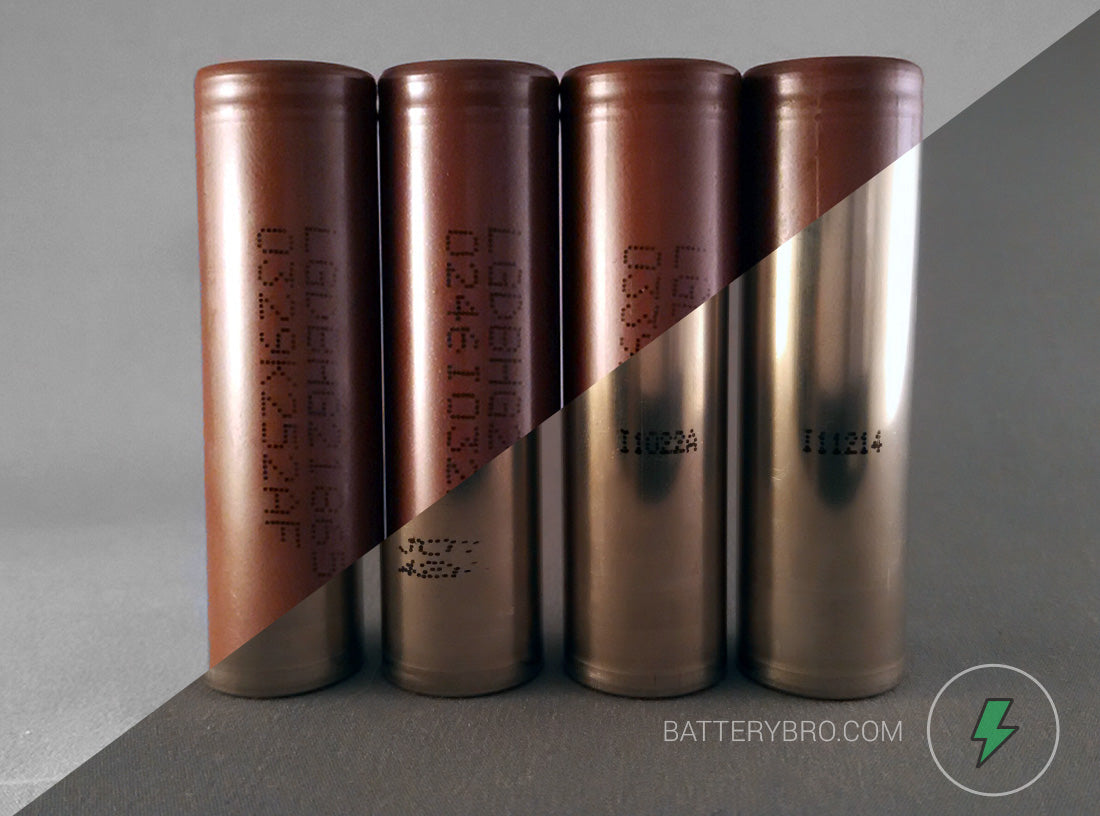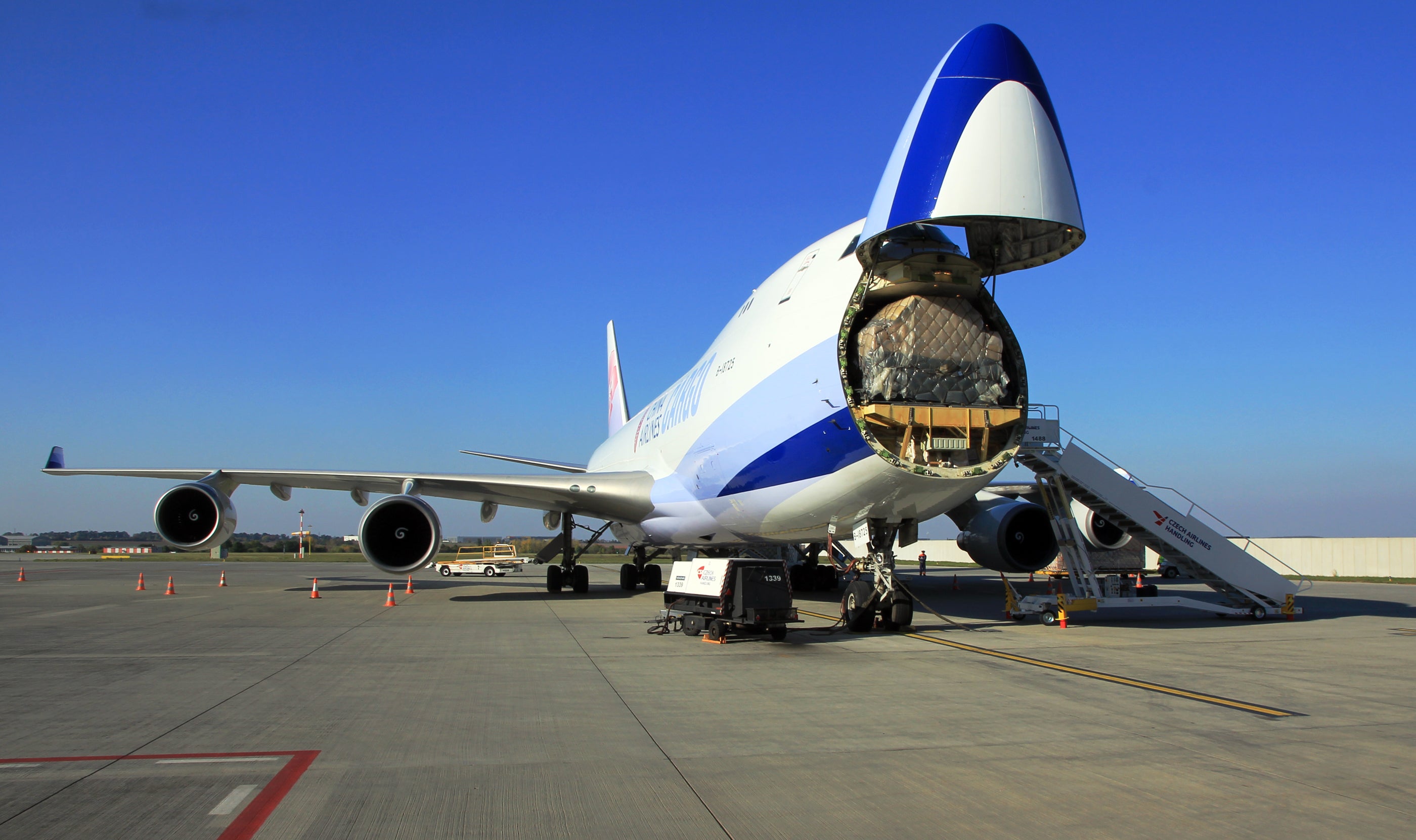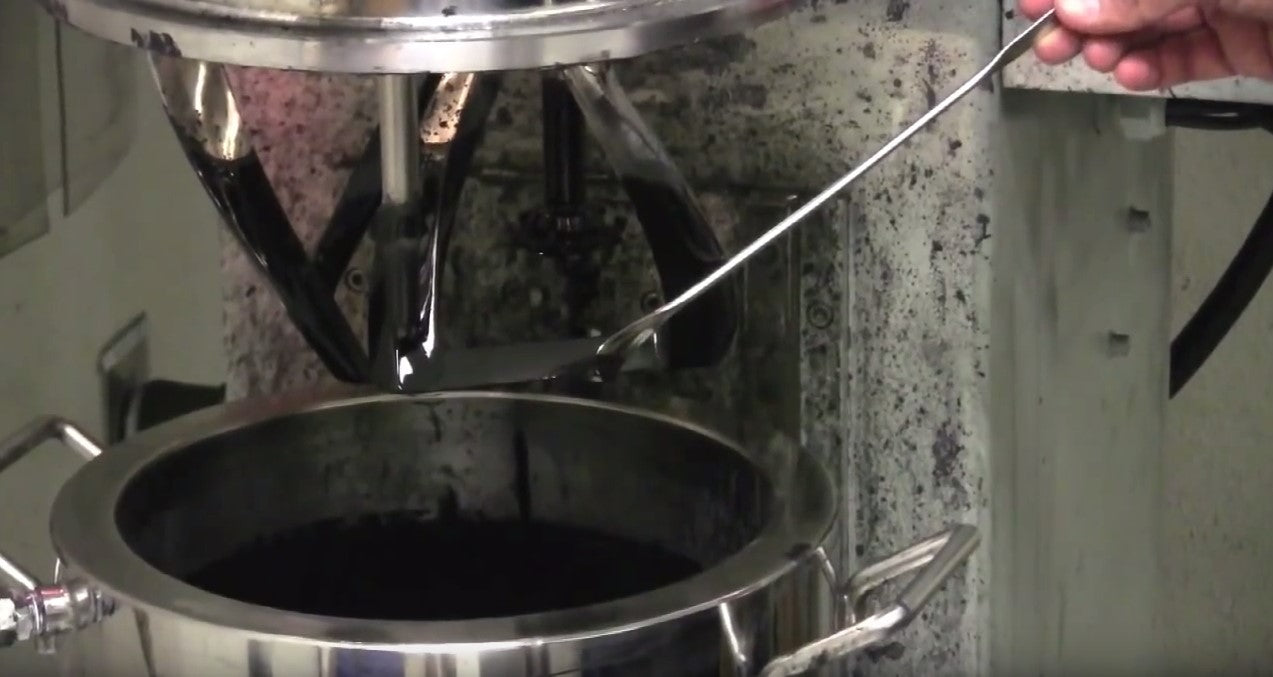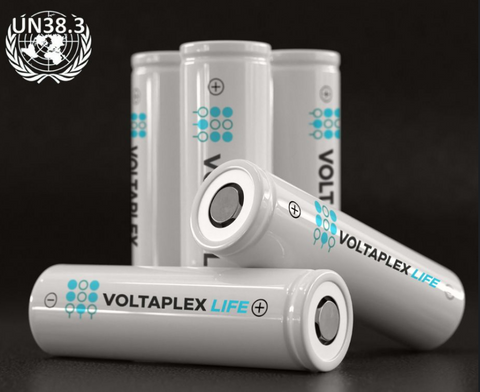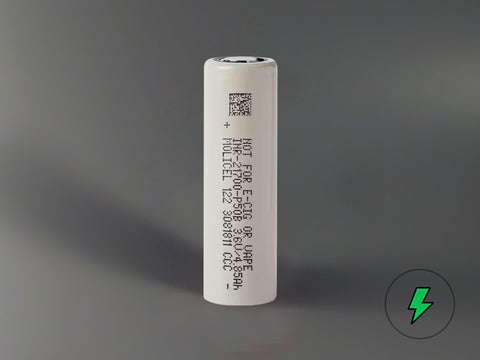Plane safety-systems are confirmed to not stop lithium-ion battery fires. May 03 2015, 0 Comments

New tests performed by a United Nations effort called the International Civil Aviation Organization have just confirmed that the fire-suppression systems onboard airlines do not have the ability to stop thermal-runaway events in the case lithium-ion batteries catch on fire.
The authorities are now scrambling to come up with a new way to package the batteries that would prevent these issues. Until a solution is found, analysts predict more airlines will ban the batteries from ever boarding flights, and in October a bulk ban will be offered, and probably eventually be approved.
The FAA tests lithium-ion batteries in mock-up scenarios
An interesting test was performed by the FAA in February of this year inside of a pressurized cabin. The main gas used by fire suppression systems on board flights today is called Halon. The systems are triggered by smoke and continually pump out Halon gas into the cabin until five percent of all air in the cabin is this gas. In the test, the batteries actually exploded, causing the pressure to increase from the average of 15 PSI to 70 PSI quickly - which could be catastrophic for the structural integrity of an airplane.
It has always been the case that the FAA’s stance is that a high concentration of Halon can put out any fire, including those started by lithium-ion batteries. However that is no longer the case, and the opinion has been shown as fallacious. In March, the International Coordination Council of Aerospace released a paper about bulk battery shipments which labeled them as an unacceptable risk.
It is increasingly likely in this light, that battery shipments will continue getting more difficult.
What is interesting to note, is that on the top ten list of most dangerous goods - lithium ion batteries rank number one, ahead of ammunition and fireworks. Lithium ion fires are extremely difficult to extinguish - carrying the same risk as class D metal fires. So what kind of packaging might solve the problem?
If a lithium-ion battery fire starts inside a passenger cabin, the crew are instructed by the FAA to not use a dry-fire extinguisher - but instead to use water or soda. This is likewise in the famous Tesla Model S fire, where the fire fighters used water instead of a dry-extinguisher. Since there is actually no lithium metal inside the battery - it is safe and won’t react with water. This is a common misconception between ltihium-ion and lithium-metal batteries. Lithium metal requires an altogether different kind of suppression system and will react with water.
How to put out a lithium-ion battery fire
Water however should only be used to stop the spread of the fire, and a foam extinguisher, powdered graphite, or CO2 are front-line methods which can be applied directly to the battery.
One may also speculate that the airlines should put protection or fire-shields between the batteries to isolate the fire. This is what happened in the Model S fire, where it was isolated to the front of the car as metal separators stopped the fire from spreading. However this simply is not feasible for shipping bulk 18650 batteries. UPS already uses more than 1,000 metal containers specifically for this purpose, and each can suppress a fire for about four hours when in conjunction with an aerosol suppression - hopefully enough time for the crew to land.
Ventura Aeorospace has developed a fire suppression system for aircraft based on foam - dubbed Cargo Foam. So far it has shown the greatest success at actually extinguishing lithium-ion fires. A telling test was performed with a whopping 192 laptop battery packs inside an AMJ cabin - and it worked, the fire went out. This foam system is used on over 60 Fedex cargo planes since 2009 - so if it works, why isn’t everyone using it?
Well that has to do with the difference between suppression and extinguishing. A fire suppression system only guarantees that a flight can make it safely to the ground and the crew can evacuate.
If that is not enough of a hurdle, one must still consider the toxic fumes which spew out of the batteries. Recently a 747 cargo flight in the United Arab Emirates caused both pilots to wear oxygen masks but they still crashed close to the airport and did not survive. After this incident full-face masks were required for pilots on several major carriers.
What all these system lacks is a true solution which can extinguish the flames. So far, the suppression systems are not powerful enough to stop a true thermal runaway event. Suppression is a soft-approach to a very hard problem.
In any case, li-ion batteries will almost certainly never be banned from sea shipment where there is far less risk. A fire will rarely spread to other containers, and surely can not damage the ship’s frame.
Battery Bro will continue blogging about new lithium-ion shipping regulations as they are made public. If you have any questions, feel free to ask in the comments section or send us an email.

